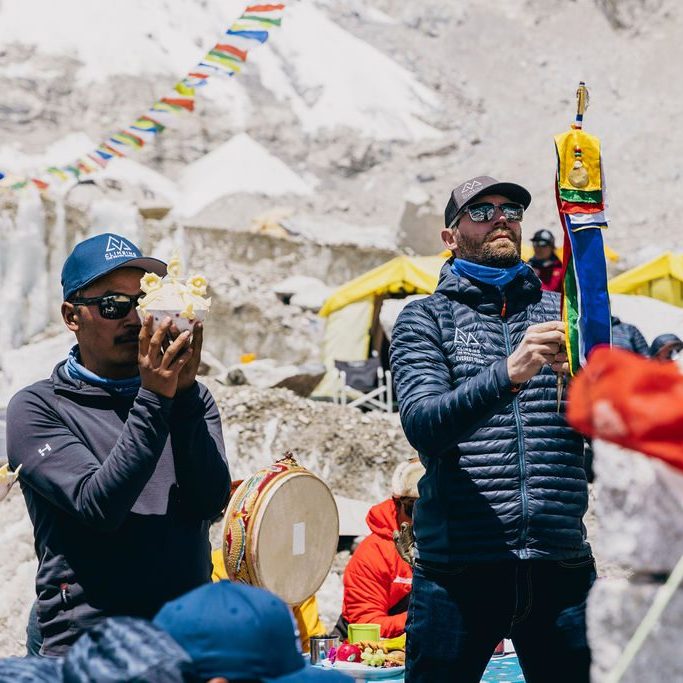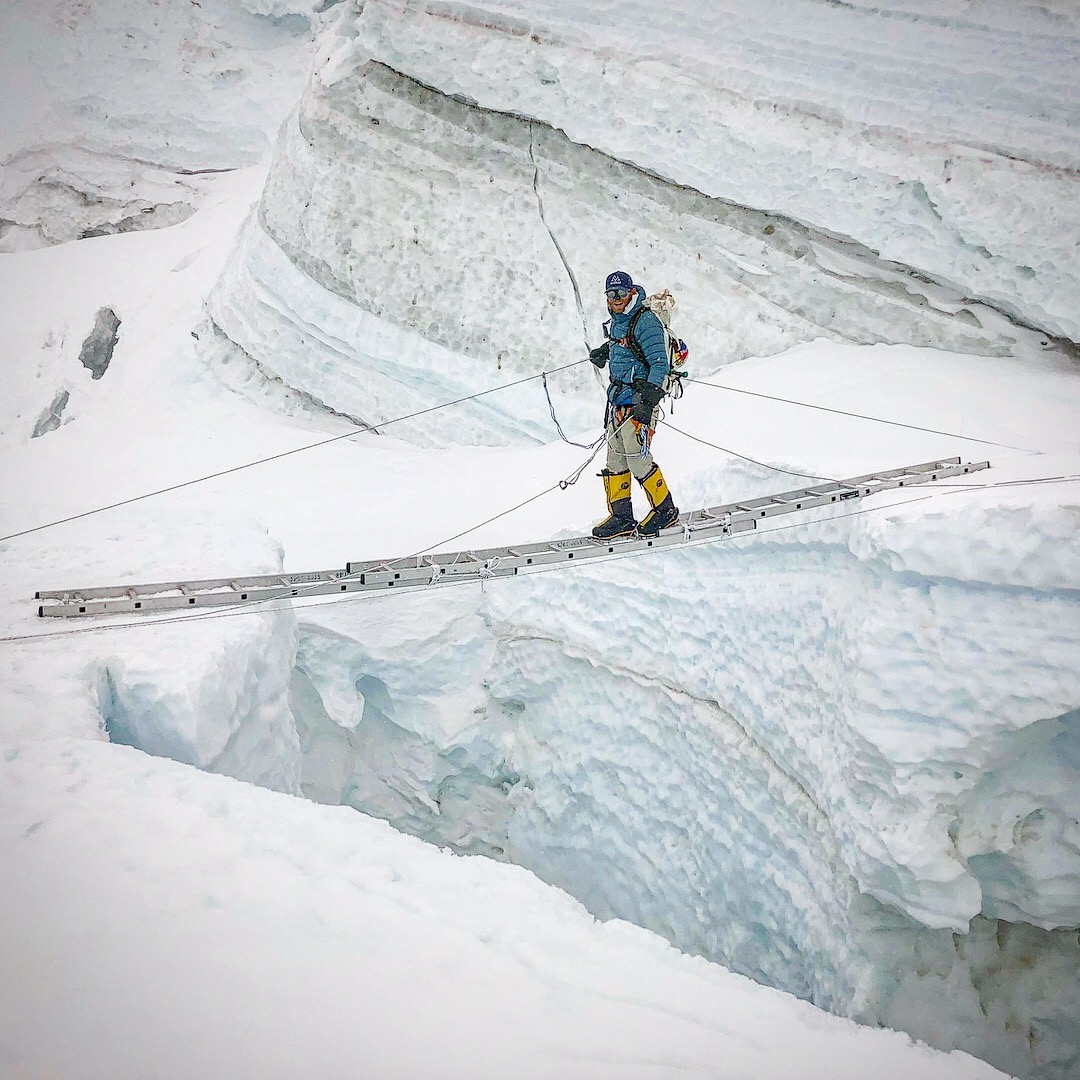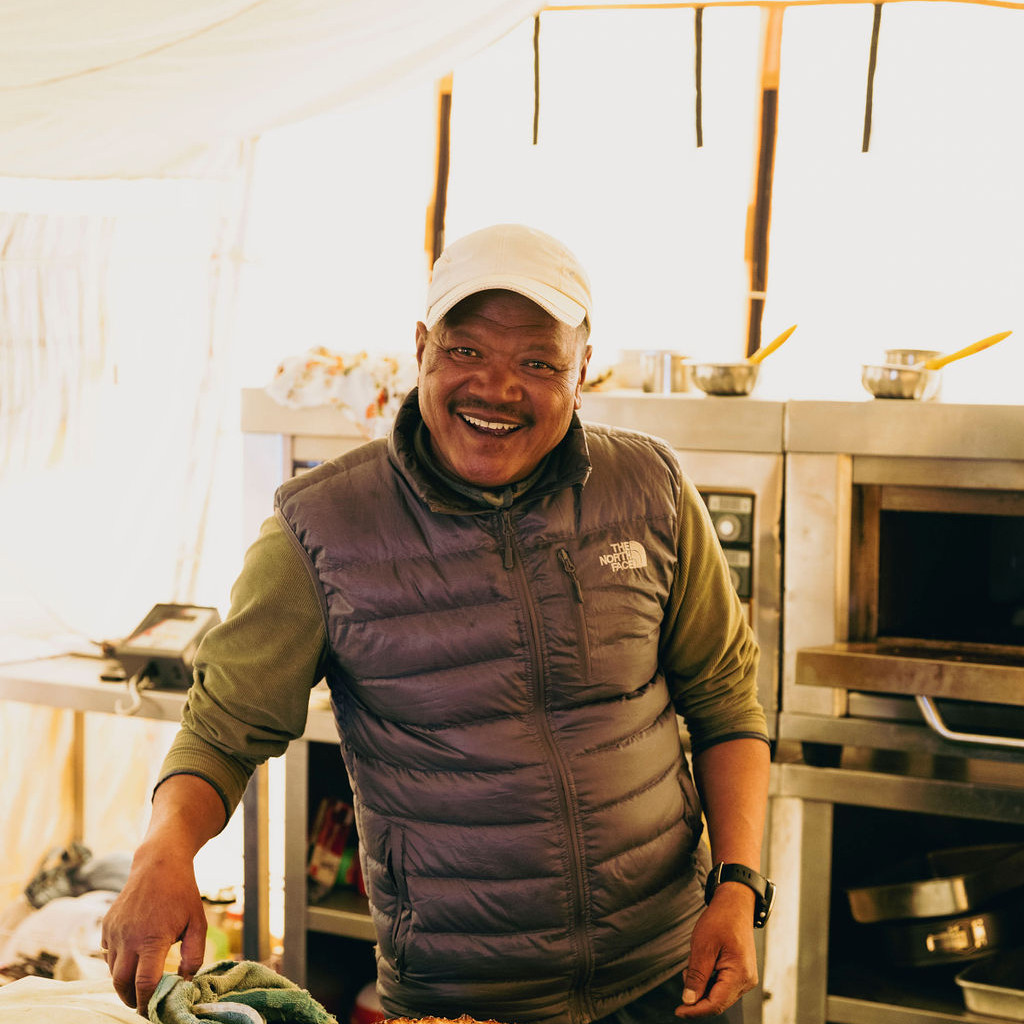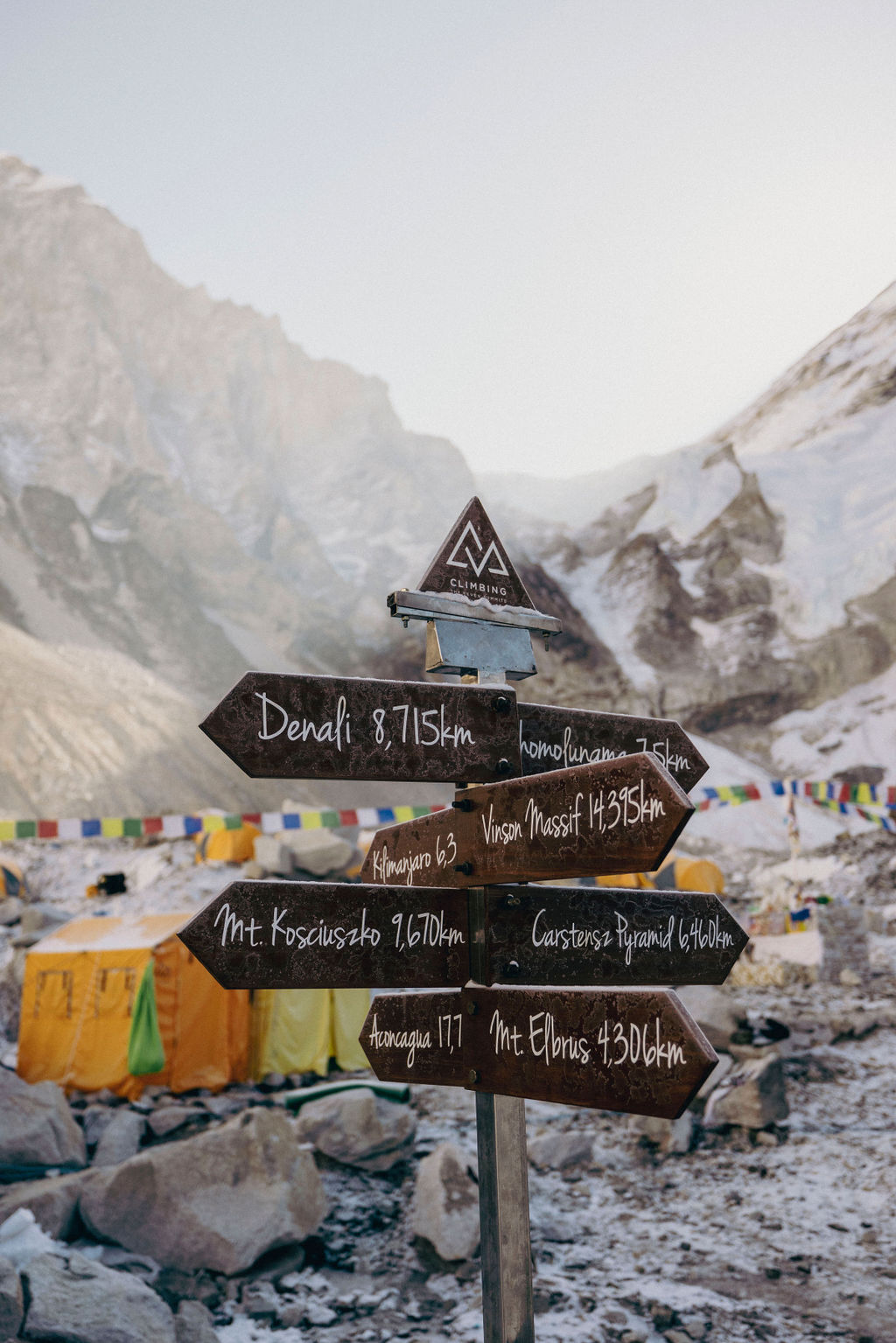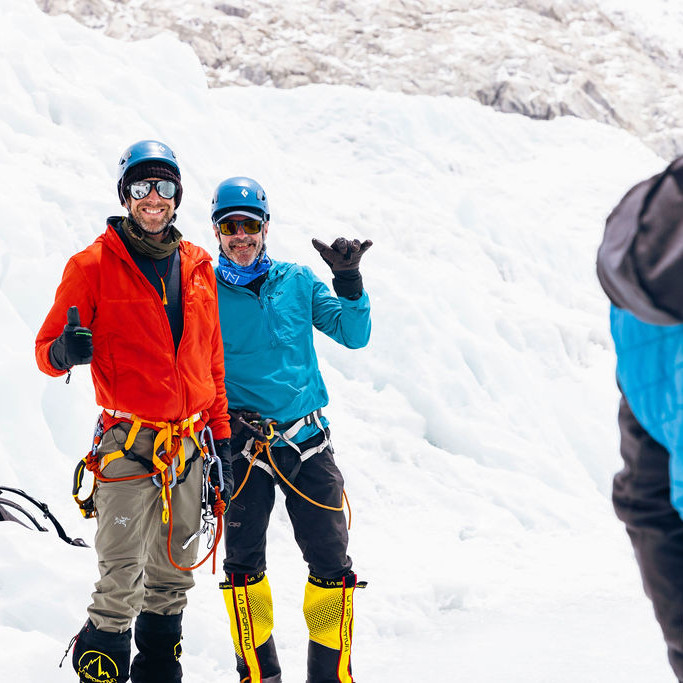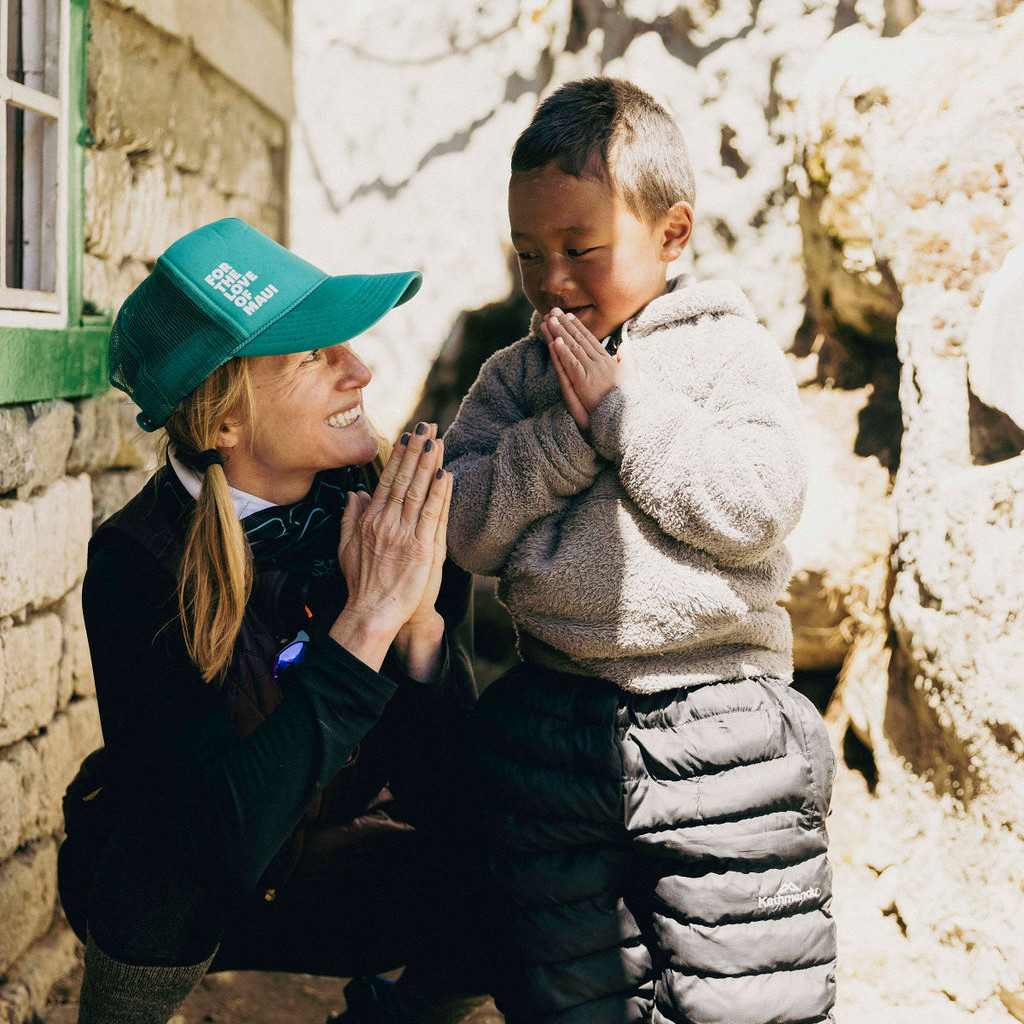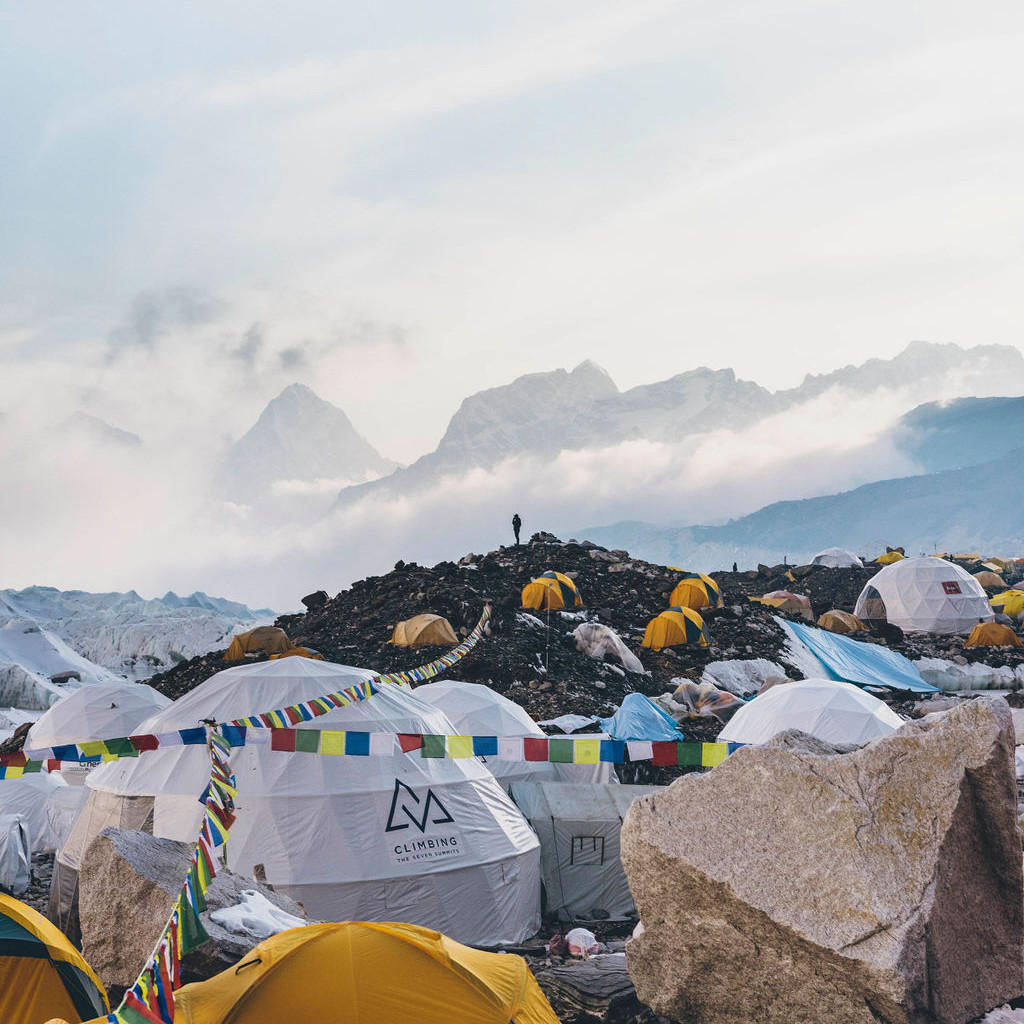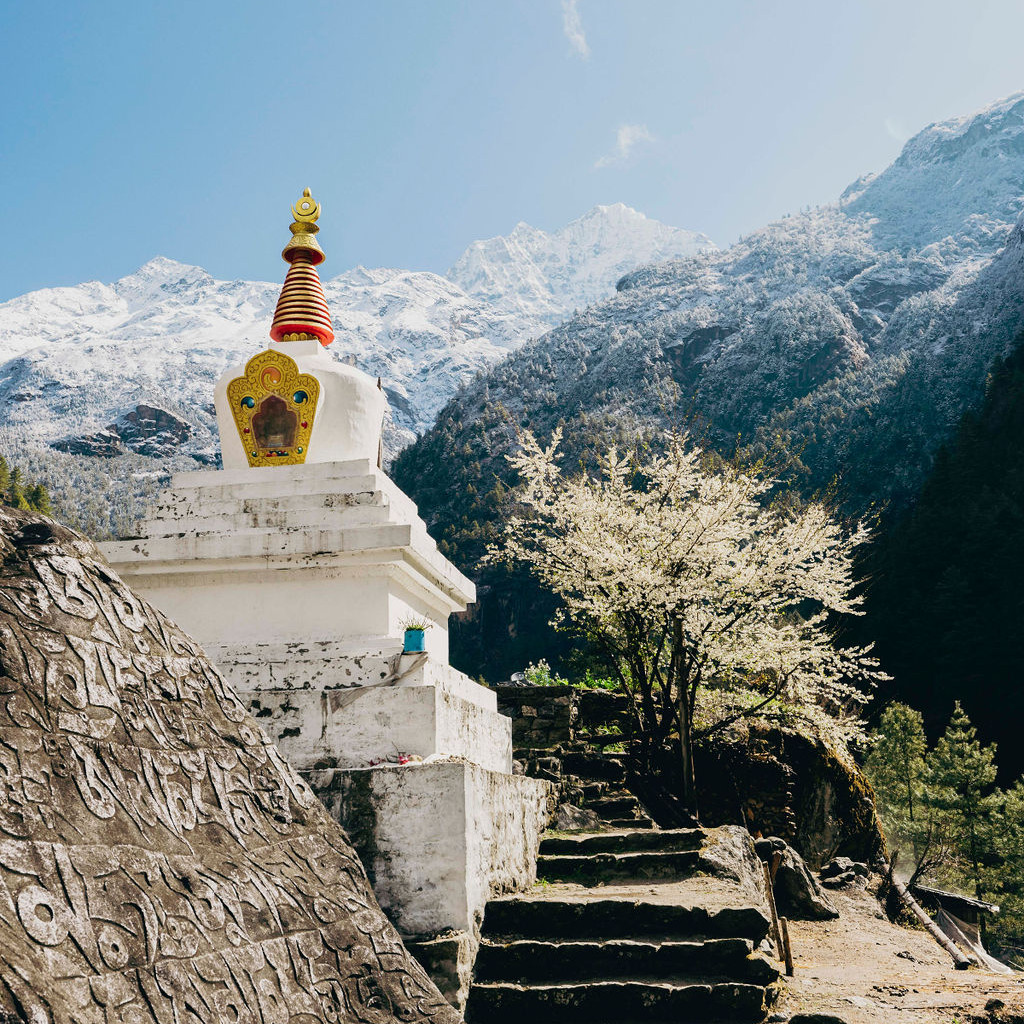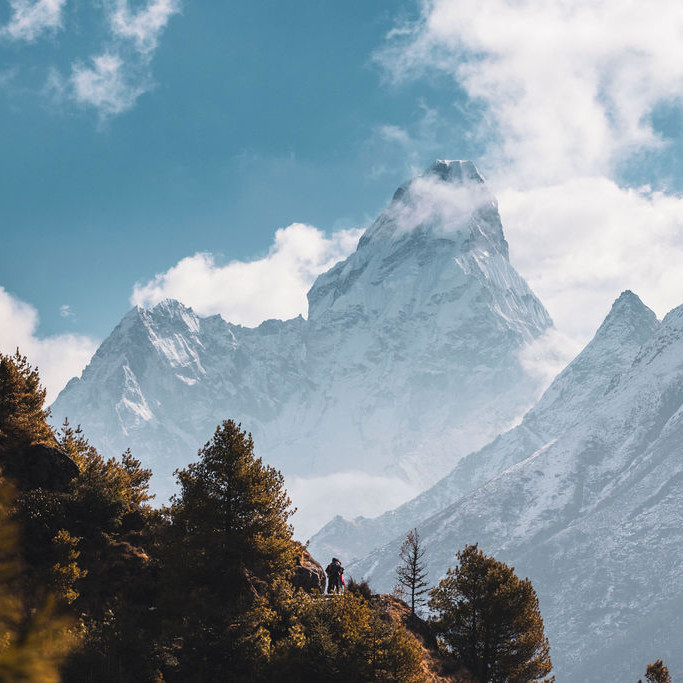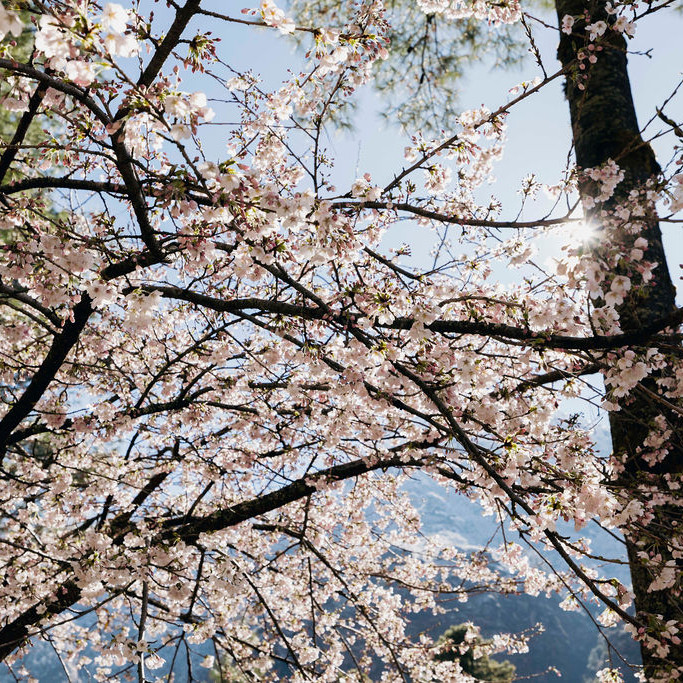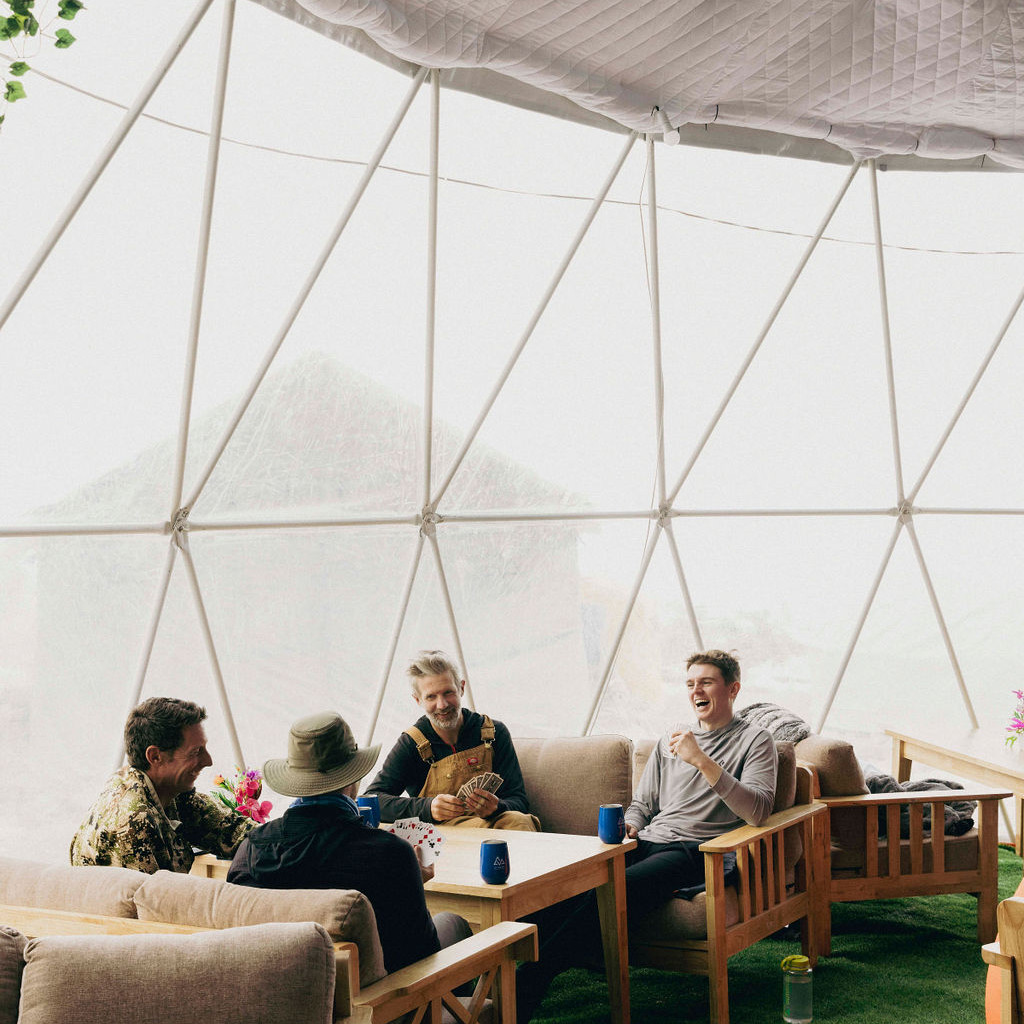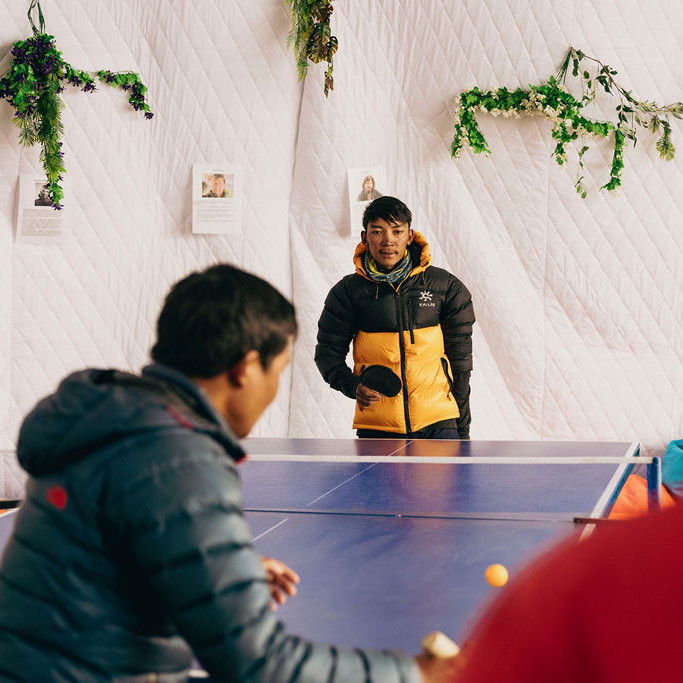Mike Hamill on Everest: The Season, the Strategy, the People
As the spring climbing season unfolds in the Himalayas, CTSS is once again headed up the Khumbu Valley—with 24 teams setting out to tackle a range of objectives, from trekking to Everest Base Camp to climbing some of the world’s tallest peaks. A few of those teams include our Everest Base Camp trekkers, who will spend two nights in our luxury camp inside Base Camp Proper—an experience most EBC trekkers never get.
At the helm of it all is Mike Hamill.
A six-time Everest summiteer, accomplished author, and one of the most respected names in mountaineering, Mike has spent over two decades guiding on all seven continents. He’s the mind behind CTSS and the heart of our expeditions—someone who’s climbed it all but still believes the most important part of any mountain is the people you climb it with.
As we kick off the season, we sat down with Mike to hear his reflections on Everest, his thoughts on what makes great climbers successful, and how the little details—from espresso in a solar-powered dome to being alongside like-minded teammates—can have a massive impact in the mountains.
You’ve summited Everest six times—each with its own challenges, successes, and unique moments. Looking back, which summit stands out as the most memorable for you, and what made it so special?
The last of my six Everest summits was by far the most memorable. It came in 2016, following two incredibly difficult years: the serac fall in 2014 that took the lives of 14 Sherpa in the Icefall, and the devastating earthquake and avalanche in 2015 that claimed 19 lives at Everest Base Camp. After those back-to-back tragedies, I seriously considered hanging up my boots. But the mountain had given me so many great experiences before those seasons that I decided to try one final summit attempt—to leave the mountain on a positive note. That year, I reached the summit, and the experience reignited my passion not just for climbing but for sharing it. It led me to start my own company, Climbing the Seven Summits, and here we are today, happy to still be doing what I love. Had I not gone back—and had that climb not gone the way it did—I doubt I’d still be in the climbing business today.
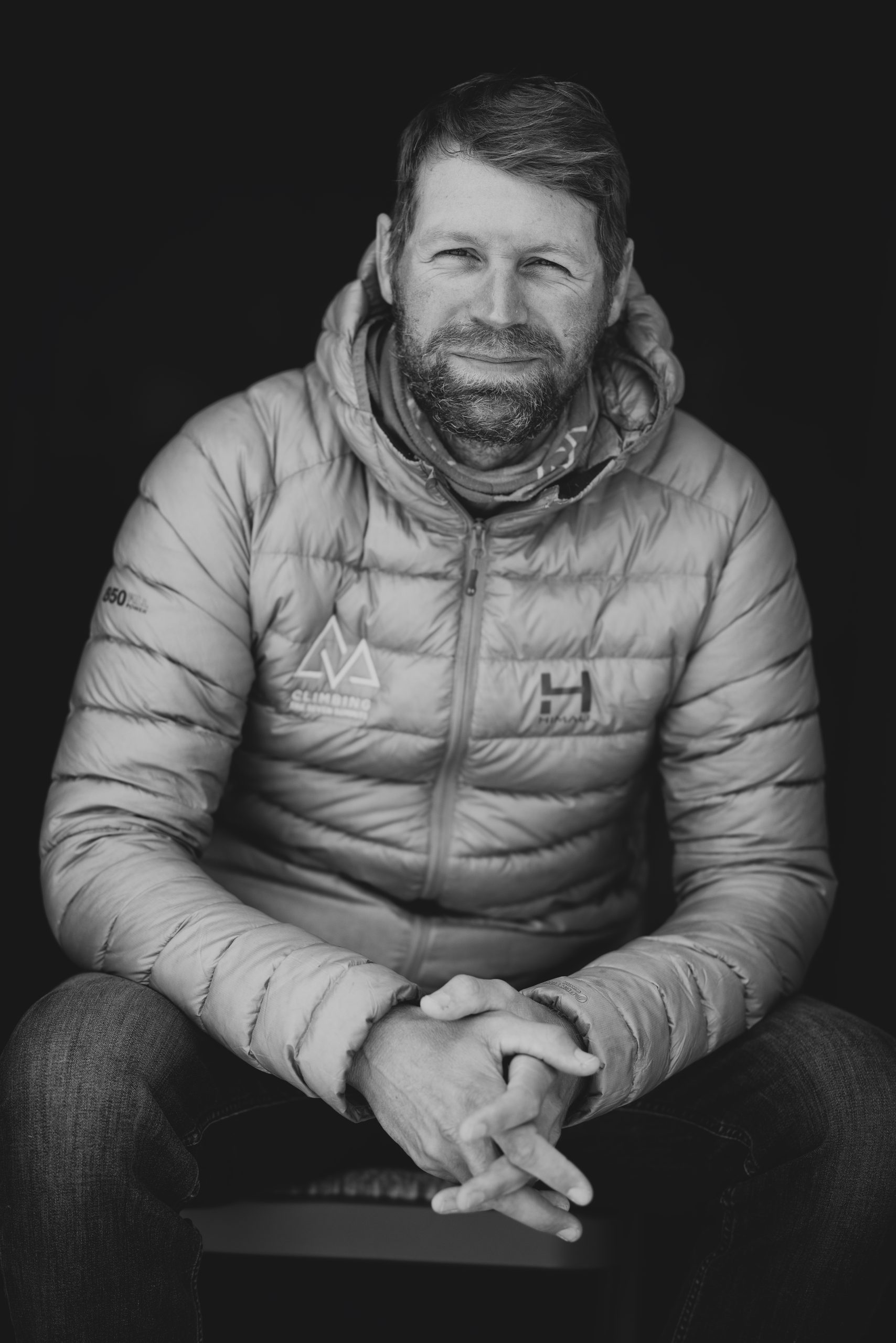
The trek to Everest Base Camp is an experience like no other, blending rich culture, breathtaking scenery, and an energy that’s hard to put into words—a big reason we lead our own treks through the Khumbu Valley. Along that journey, which part of the trail or maybe a specific experience holds a special place in your heart, and what makes it stand out to you?
There are so many highlights, it’s hard to choose. But a few moments I look forward to every year include:
-
- Catching the first glimpse of Everest while trekking up the Namche hill. That majestic view is a powerful reminder of just how immense the mountain is—and it also makes for the perfect rest break halfway up the climb.
-
- Taking in the view of Ama Dablam from the Everest View Hotel in Khumjung. There are few peaks in the world as striking as Ama Dablam, and when it’s framed alongside Everest and Lhotse, the scene is nothing short of breathtaking.
-
- Hiking through the rhododendron forests while they’re in bloom—there’s something magical about watching spring come alive while you’re on the trek to Everest Base Camp.
With decades of guiding experience, you’ve helped hundreds of climbers reach their goals. What qualities or traits do you see in those who are most successful in summiting Everest?
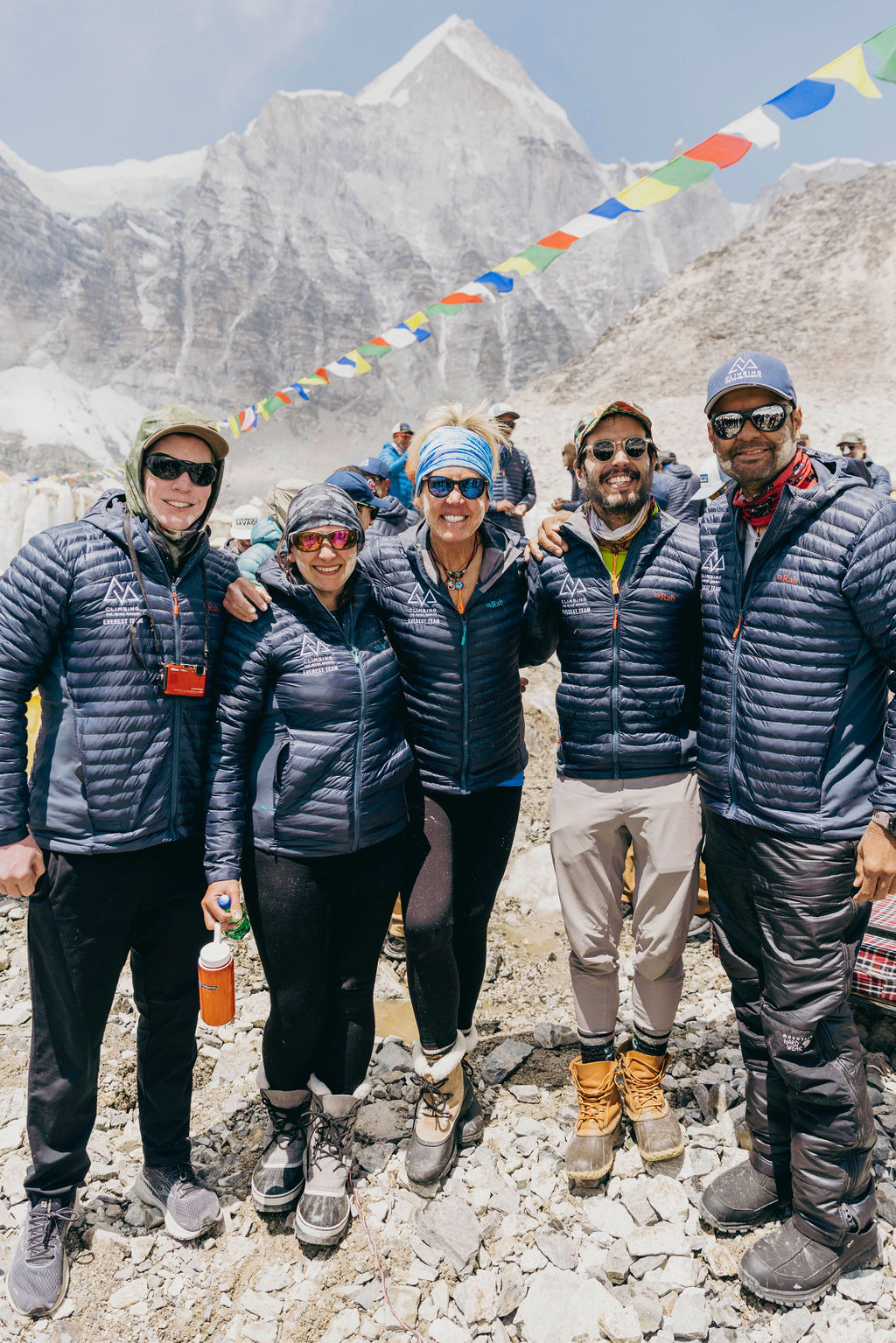
I’ve found that patience and humility are two of the most common traits among summiteers. Those who aren’t willing to wait for the right weather window or give their bodies enough time to properly acclimatize often struggle. There’s a lot of downtime on an Everest expedition, and it’s important to be able to settle in, relax, and embrace the process rather than feeling pressure to rush toward the summit. Your body needs time to rest and recover at Base Camp in order to perform well higher up. Humility in the face of such a massive challenge and being a supportive, team-focused climber go a long way in setting the right mindset for success.
That mindset—of patience, humility, and being a good teammate—isn’t just a nice-to-have. It’s essential. Over decades of guiding, I’ve learned that the real difference-maker isn’t brute strength or experience—it’s the people you share the mountain with. A strong, respectful team culture lifts everyone up. That’s why we take our No D*ckheads Policy seriously at CTSS. We’re selective—not just with guides, but with clients too. The mountain is hard enough—no one needs ego, entitlement, or selfishness, making it harder. When we build teams of humble, kind, and committed climbers, everyone does better.
CTSS is known for its well-supported expeditions, from Everest Base Camp all the way to high-altitude logistics at Camps I, II, and III. What are some ways your team elevates the Everest experience beyond just reaching the summit?
My first ten seasons on Everest, working for another company, often felt like pure suffering. The base camp setup was bare-bones—uncomfortable, cold, and far from enjoyable. I took that experience and made it a personal mission to create something better. At CTSS, we’ve built a Base Camp that’s not just functional but truly comfortable: great food, proper coffee, warm and sunny common areas, a well-stocked library, table tennis, couches—everything to make life more enjoyable and less of a grind.
That same philosophy carries through to every part of the expedition—whether it’s the trek to base camp, time in Kathmandu, or the upper camps. When climbers are comfortable, relaxed, well-fed, and well-cared-for, they’re not only happier, but they’re also more likely to succeed.
It’s part of what we call the Marginal Gains Philosophy—the idea that if you capitalize on every hidden advantage, 1% here, 1% there, gains quickly compound into a huge overall improvement. Some people might see better food or a cozy lounge as unnecessary luxuries, but for us, they’re highly strategic. We treat our climbers like the athletes they are, and we engineer every part of the expedition to help them stay strong, sharp, and ready to perform when it counts.
In a world where Everest is often reduced to stats and summit photos, Mike Hamill reminds us that real expedition success is built on something deeper: mindset, culture, and care for the mountain, the team, your Sherpa and guides, and yourself.
As our teams spread out across the Khumbu Valley this spring, carrying dreams of summit days and shared stories, Mike’s words are a grounding force. Whether it’s embracing the quiet patience that altitude demands, finding strength in the team around you, or appreciating the small comforts that help you perform at your best, his philosophy shapes every step of a CTSS climb.
This season, like every season, we’re not just climbing mountains—we’re doing it the right way.
With purpose. With humility. And with the best team on the mountain.
